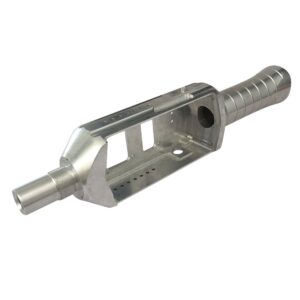
Stainless steel is highly resistant to rust, but it is not 100% rust-proof. Its corrosion resistance depends on its composition, environment, and maintenance. Here’s why:
1. How Stainless Steel Resists Rust
Stainless steel contains chromium (at least 10.5%). When exposed to oxygen, chromium forms a thin, invisible chromium oxide layer (passive layer) on the surface. This layer acts as a shield, preventing oxygen and moisture from reaching the underlying iron.
2. Why Stainless Steel Can Rust
The passive layer can break down under certain conditions:
Mechanical damage: Scratches, abrasion, or improper cleaning (e.g., steel wool) can damage the protective layer.
Chemical exposure: Chlorides (e.g., saltwater, road salt, bleach) or strong acids can corrode the oxide layer.
Poor maintenance: Dirt, grease, or iron particles from other metals (e.g., tools) can trigger localized rust (pitting or crevice corrosion).
Low-quality alloys: Cheap stainless steel (e.g., non-standard grades) may lack sufficient chromium or nickel.
Galvanic corrosion: Contact with dissimilar metals (e.g., carbon steel) in a conductive environment (e.g., seawater) accelerates corrosion.
3. Grades Matter
304 Stainless Steel: Common in kitchens; resists mild corrosion but may rust in salty/industrial environments.
316 Stainless Steel: Contains molybdenum for enhanced chloride resistance (e.g., marine applications).
430 Stainless Steel: Lower chromium; prone to rust in humid conditions.
4. How to Prevent Rust
Clean regularly: Remove contaminants with mild soap and water.
Avoid abrasive tools: Use non-scratch sponges.
Passivation: Acid treatments restore the oxide layer (common in industrial settings).
Choose the right grade: Use 316 near saltwater or harsh chemicals.
In Short:
Stainless steel resists rust due to its chromium content, but improper use, harsh environments, or low-grade alloys can compromise its protection. With proper care, it remains rust-free for decades.





